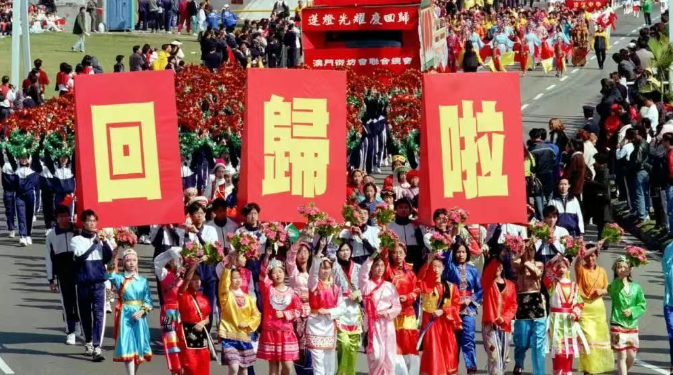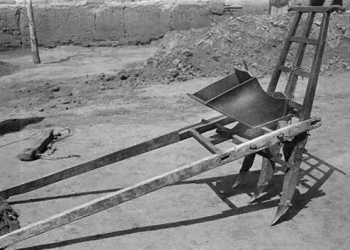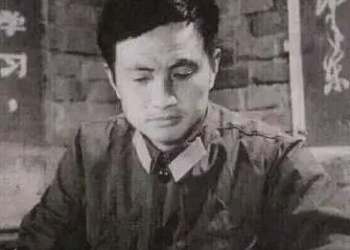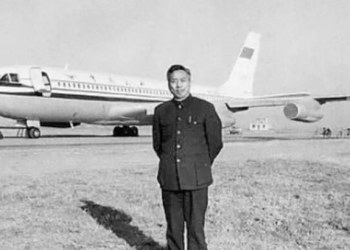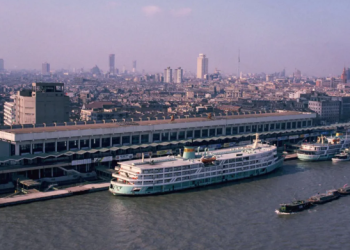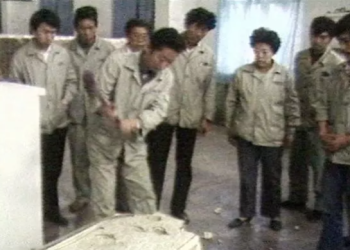In December 1999, as the world prepared to enter a new millennium, a historic chapter quietly closed on the southern coast of China. After more than four centuries of colonial rule, Macau, the last European-administered territory in Asia, returned to Chinese sovereignty. The handover, while less publicized than Hong Kong’s two years earlier, marked a powerful symbolic and diplomatic moment—the completion of China’s decades-long mission to restore control over its lost territories. But the story of Macau’s return began not in 1999, but in 1987, with the signing of the Sino-Portuguese Joint Declaration.
The Joint Declaration was signed in Beijing on April 13, 1987, by the foreign ministers of the People’s Republic of China and the Portuguese Republic. The agreement laid out the framework for the eventual transfer of sovereignty over Macau, scheduled for December 20, 1999. Under the principle of “one country, two systems,” the Chinese government promised that Macau would retain its capitalist system, legal independence, and social customs for 50 years after the handover.
The agreement was the result of nearly two years of negotiations, during which both sides sought a peaceful and pragmatic solution to Macau’s future. Portugal, which had governed Macau since the 16th century, recognized that the territory no longer served its strategic interests and that the tide of decolonization was irreversible. For China, Macau’s return was both a diplomatic milestone and a continuation of the successful model it was building in preparation for the much more complex issue of Taiwan.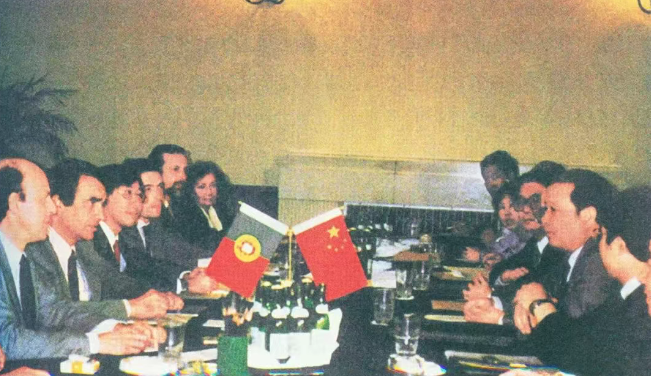
Macau’s handover occurred with significantly less tension than Hong Kong’s. Its economy was smaller, its population more integrated with the mainland, and its political culture less confrontational. Still, the symbolism was profound. On the night of December 19, 1999, Portuguese President Jorge Sampaio and Chinese President Jiang Zemin attended the solemn ceremony. At midnight, the Portuguese flag was lowered, and the Chinese flag rose over Macau.
For the people of Macau, the transition brought both optimism and uncertainty. Some feared that integration with the mainland would erode freedoms, while others hoped it would bring economic stability and increased opportunity. In the years that followed, Macau would see massive growth driven by tourism and gaming, becoming one of the wealthiest regions in Asia.
The 1987 Sino-Portuguese Joint Declaration is now remembered as a model of peaceful negotiation and mutual respect. It demonstrated how colonial legacies could be resolved without warfare, and how two vastly different political systems could come to a workable agreement. For China, it reinforced the credibility of the “one country, two systems” framework—a framework originally intended not only for Hong Kong and Macau, but also, eventually, for Taiwan.
